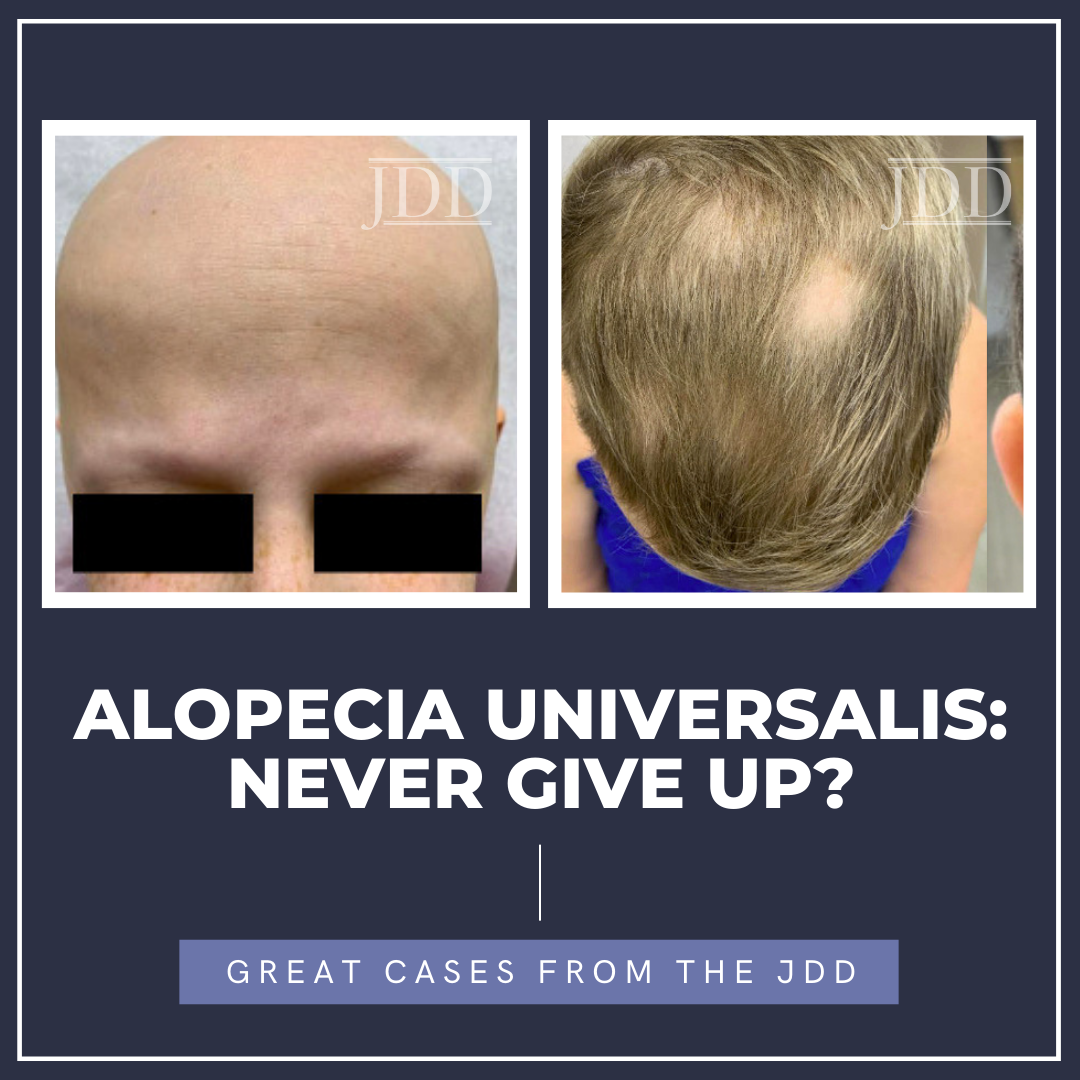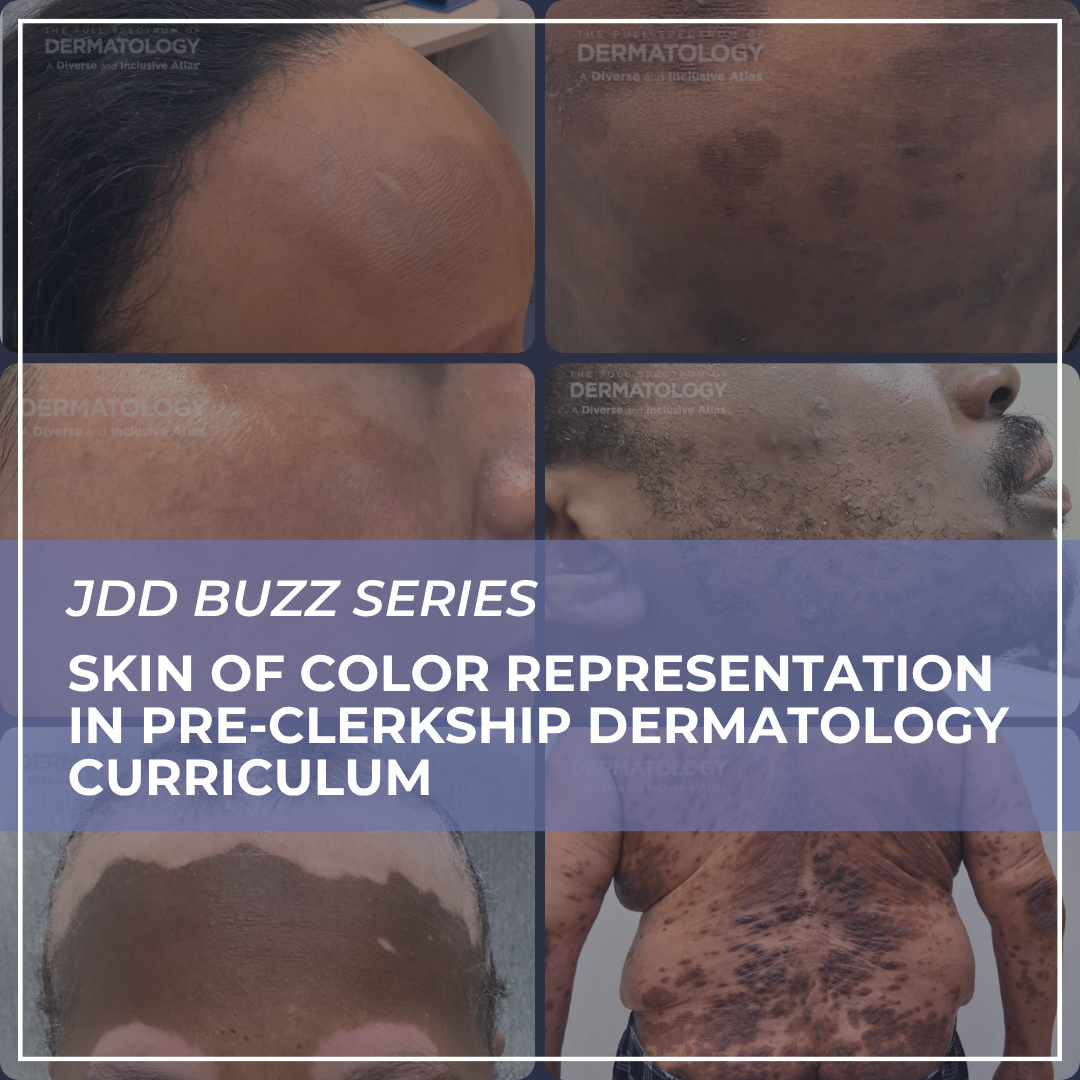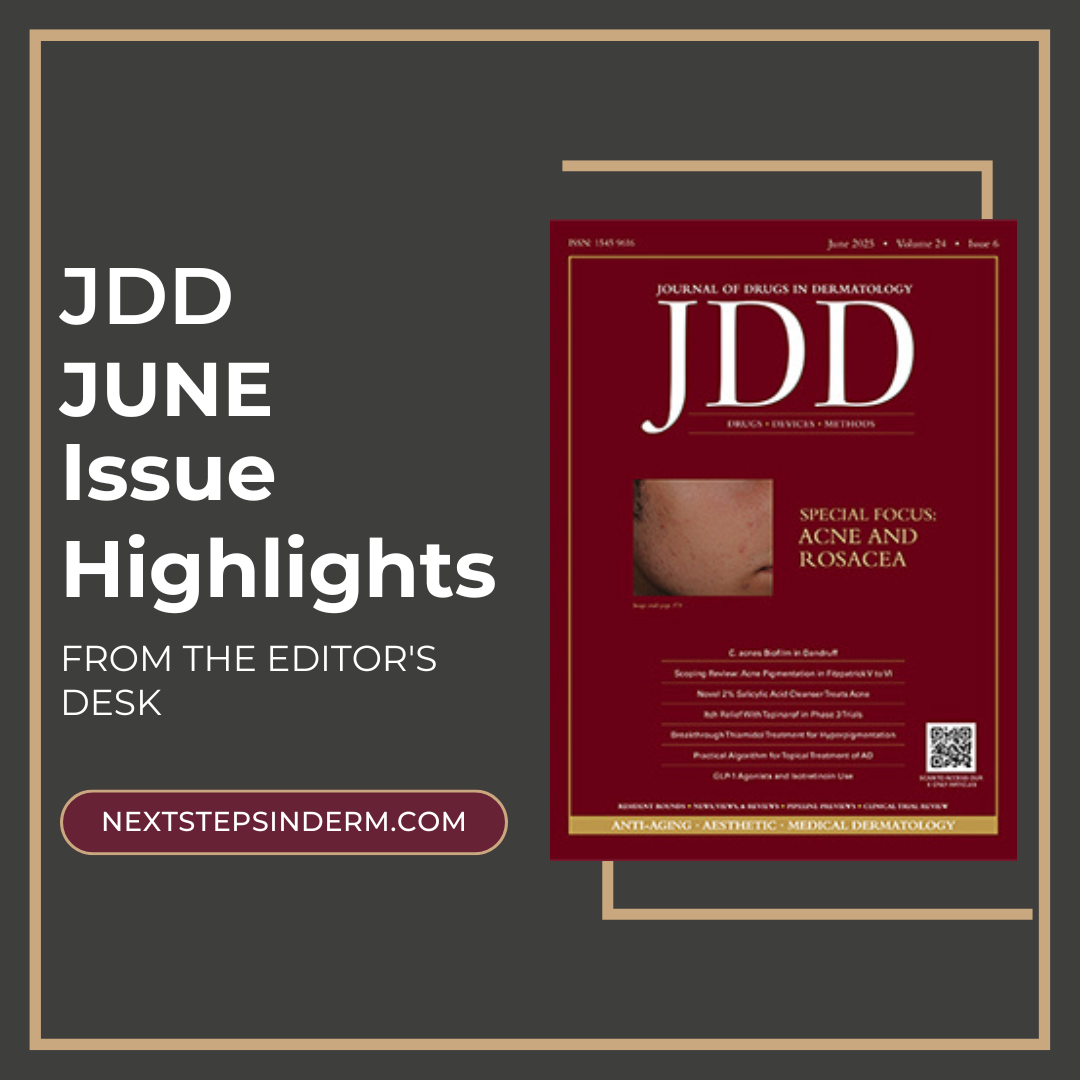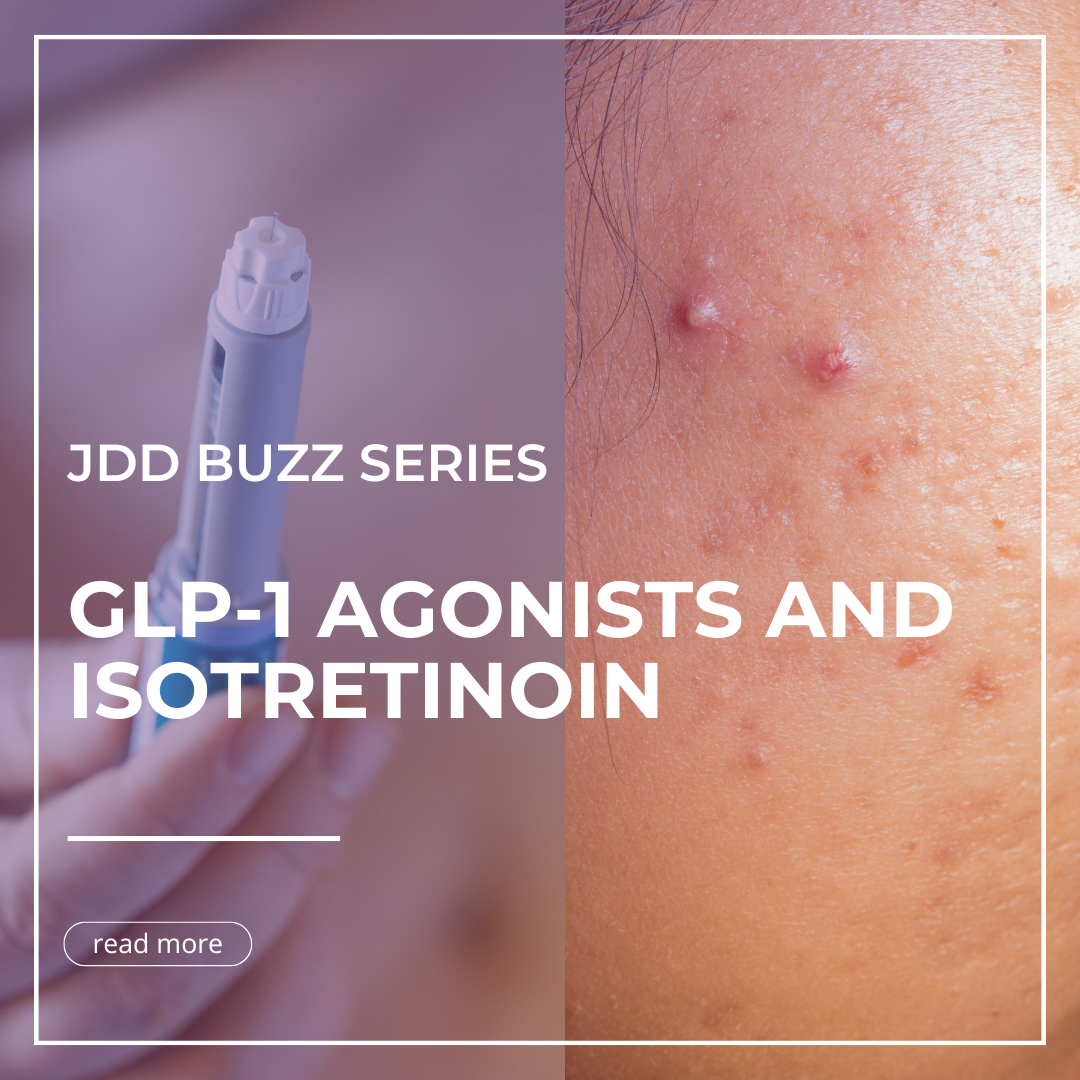Alopecia Universalis: Never Give Up?
 INTRODUCTION
Alopecia universalis is a type of alopecia areata (AA) characterized by total body hair loss. The mechanism of this loss is primarily due to autoimmune disruption of the hair follicle. AA has historically been treated with corticosteroids, minoxidil, and other immune therapies that possess limited efficacy with high recurrence rates and adverse effects.1 However, in recent years the …
INTRODUCTION
Alopecia universalis is a type of alopecia areata (AA) characterized by total body hair loss. The mechanism of this loss is primarily due to autoimmune disruption of the hair follicle. AA has historically been treated with corticosteroids, minoxidil, and other immune therapies that possess limited efficacy with high recurrence rates and adverse effects.1 However, in recent years the …
 INTRODUCTION
Alopecia universalis is a type of alopecia areata (AA) characterized by total body hair loss. The mechanism of this loss is primarily due to autoimmune disruption of the hair follicle. AA has historically been treated with corticosteroids, minoxidil, and other immune therapies that possess limited efficacy with high recurrence rates and adverse effects.1 However, in recent years the …
INTRODUCTION
Alopecia universalis is a type of alopecia areata (AA) characterized by total body hair loss. The mechanism of this loss is primarily due to autoimmune disruption of the hair follicle. AA has historically been treated with corticosteroids, minoxidil, and other immune therapies that possess limited efficacy with high recurrence rates and adverse effects.1 However, in recent years the … 

 Medical school dermatology curriculum is known for its lack of representation of images of skin of color. A letter to the editor published in the July Journal of Drugs in Dermatology shows the effects on diagnostic accuracy, perception, and confidence when one medical school took action to make its pre-clerkship dermatology curriculum more diverse.
I interviewed authors Dahyeon (Esther) Kim, a …
Medical school dermatology curriculum is known for its lack of representation of images of skin of color. A letter to the editor published in the July Journal of Drugs in Dermatology shows the effects on diagnostic accuracy, perception, and confidence when one medical school took action to make its pre-clerkship dermatology curriculum more diverse.
I interviewed authors Dahyeon (Esther) Kim, a …  The July 2025 issue of the Journal of Drugs in Dermatology brings together another outstanding selection of articles, offering cutting-edge insights and real-world strategies across a diverse range of dermatology topics. This month’s editor’s highlights spotlight innovative approaches to photoprotection in melasma and photodamage, emerging non-pharmaceutical solutions for fem …
The July 2025 issue of the Journal of Drugs in Dermatology brings together another outstanding selection of articles, offering cutting-edge insights and real-world strategies across a diverse range of dermatology topics. This month’s editor’s highlights spotlight innovative approaches to photoprotection in melasma and photodamage, emerging non-pharmaceutical solutions for fem …  The June 2025 issue of the Journal of Drugs in Dermatology delivers a diverse and thought-provoking selection of studies that place a spotlight on acne and rosacea while spanning the latest innovations and clinical insights across the dermatology spectrum. This month’s editor’s picks feature new approaches to some of the field’s most common—and challenging—conditions, from acne-induced …
The June 2025 issue of the Journal of Drugs in Dermatology delivers a diverse and thought-provoking selection of studies that place a spotlight on acne and rosacea while spanning the latest innovations and clinical insights across the dermatology spectrum. This month’s editor’s picks feature new approaches to some of the field’s most common—and challenging—conditions, from acne-induced …  Use of GLP-1 agonists is becoming increasingly more common in the U.S. According to a 2024 poll, one in eight adults has at least tried this medication class. A brief communication published in the June Journal of Drugs in Dermatology shares concerns that could arise when a patient is concurrently on a GLP-1 agonist and isotretinoin.
I interviewed author Travis W. Blalock, MD, FAAD, FACMS, dire …
Use of GLP-1 agonists is becoming increasingly more common in the U.S. According to a 2024 poll, one in eight adults has at least tried this medication class. A brief communication published in the June Journal of Drugs in Dermatology shares concerns that could arise when a patient is concurrently on a GLP-1 agonist and isotretinoin.
I interviewed author Travis W. Blalock, MD, FAAD, FACMS, dire …